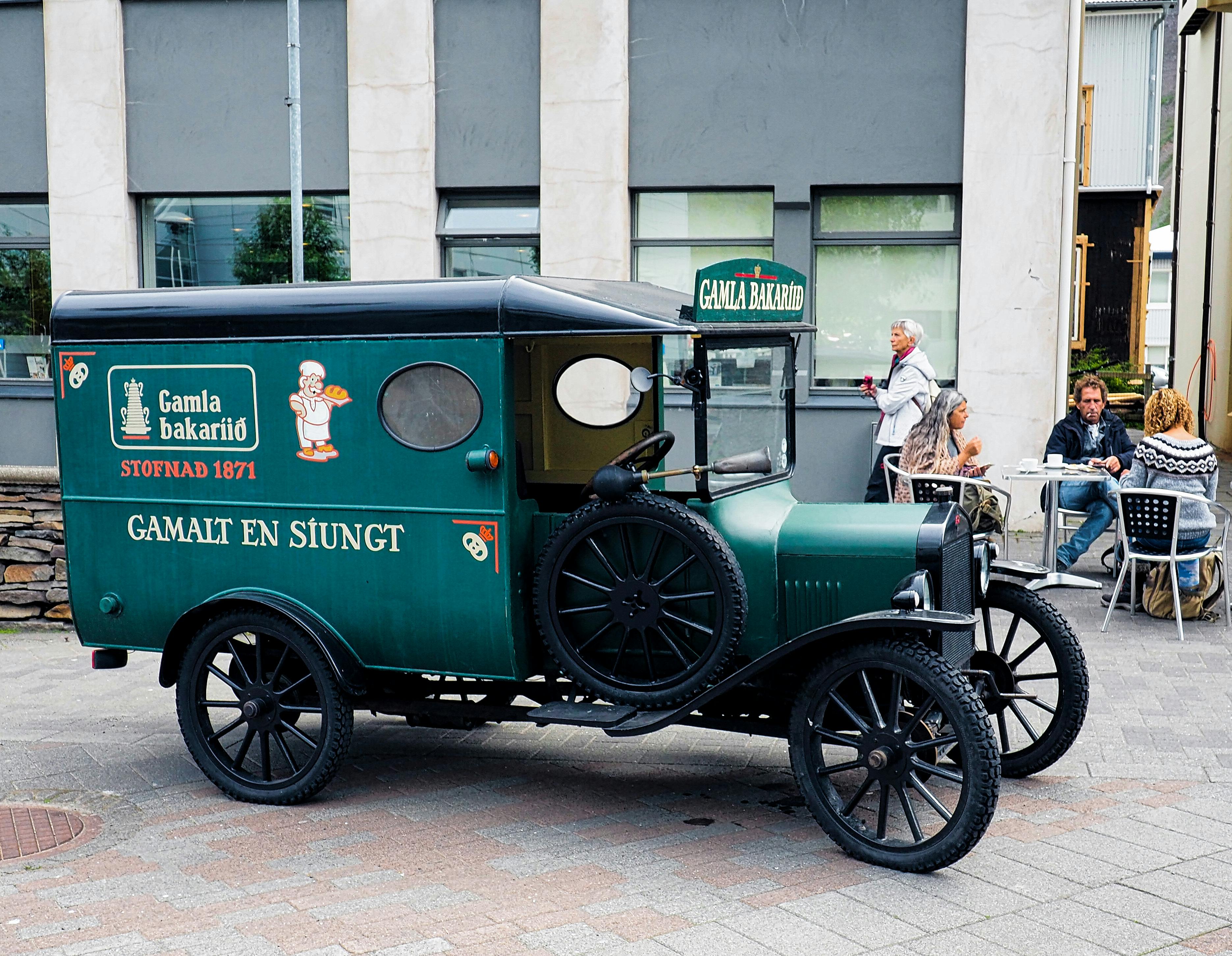From Ponta Ponta – Mozambique
From the border at Kosi Bay to the tip of the Santa Marla peninsula, some 100 km to the north, Ponta do Ouro is the first of six points that stretch to the southern coast of Mozambique. If you roll down the windows, you will let the unmistakable smell of Mozambique fill the car; dust, salt and sun …………………………..
Ponta do Ouro
Ponta do Ouro, mostly abandoned during Mozambique’s civil war, is now undergoing a makeover. There are also new buildings and many signs announcing developments financed by South Africa.
The beachfront Motel do Mar is a Ponta landmark, but aside from a fresh coat of paint, not much has changed from the old motel:
Do you want to know why southern Mozambique is so popular? Look no further than the beaches
The two-story cabins are comfortable, clean, and very close to the beach. The beach is protected from the onslaught of the Indian Ocean by a horseshoe-shaped promontory, where the water is warm and the silver bay sparkles romantically in the evening light.
One can lie in bed and listen to the sea crashing outside. Fishing and diving are the biggest attraction that draws crowds of visitors to Ponta. The shallow reefs just offshore are perfect for snorkeling, but game fish lurk in the farthest depths, where the ocean floor drops off steeply.
On a reef called Steps, you can see colorful creatures like a rare frogfish and small paper fish. Huge whale sharks can also be spotted behind the breakers and the local pod of 300 strong dolphins, who are eager to interact with humans, have a home radius of some 40 km along the coast. Ponta’s local sea lion, Spot, is always on the lookout for dolphins. If you dive deeper and escape choppy surface conditions, you may be surrounded by a galaxy of dolphin clicks and chirps. But with just a flick of their tails, they can disappear again.
Although there are freshwater lakes along the coast, it is not a good idea to swim, as there are signs warning of the presence of crocodiles.
There are all kinds of curios and carvings on offer at the local craft market in Ponta do Ouro.
A 7km stretch of road to Ponta Malongane is quite rough, with deep, sandy sections and steep inclines. Halfway to Malongane, to the left of the road, is the Sand Pit, a large exposed dune crisscrossed with tire tracks. This is where quads and 4x4s do damage to themselves and the environment in season. The Sand Pit is a place to avoid unless you are an adrenaline junkie. Ponta Malongane has only one resort, Parque de Malongane, and it has clean, airy chalets, rondavels, a large, shady campsite, and a well-equipped dive center. The beach is not as protected as that of Ponta do Ouro, but it is less crowded.
The best view can be found at the Nascer do Sol bar (which means “bar at sunrise”), above the dive center. A dive in a reef called Anchor or another in the Drop Zone, where you can see a large loggerhead turtle. After snorkeling, one can head to Ponta Mamoli, another 4 km further up the coast.
Hand drawn anti-quad and scrambler signs can be seen because quad bikes are not welcome at the resorts. However, you can go horseback riding, scuba diving, or take a turtle-watching trip in season. You might be lucky enough to spot a female leatherback laying her eggs under cover of darkness.
If you’ve had enough of camping, Mamoli is the perfect place to pamper yourself for a night or two. The two-person wooden chalets have en-suite bathrooms and soft beds with billowing mosquito nets. What a life!
Due to the state of the roads, very few people venture beyond Ponta Mamoli. There is an 11km section of donga-plagued tar between Mamoli and the small settlement of Zitundu. After which it turns right onto a rutted sandy track. This track eventually leads to Catembe, on the other side of Maputo Bay. After driving 30 km, you will arrive at the gate of the Maputo Special Reserve, or the Maputo Elephant Reserve. It takes at least three hours to drive through the Maputo Elephant Reserve. It is necessary to drive through this reserve to reach the Santa Maria Peninsula and Ponta Torres, 68 km away. There are thousands of butterflies; most likely from the Neptis family, in Ponta Torres. During the 1970s, large numbers of animals were moved there from the Umfolozi game reserve in South Africa, but Mozambique’s ensuing civil war wiped out all but a very small population of elephants. A 2006 aerial survey counted 330 elephants, but they are not easy to spot as they view humans as the enemy and in 2007 elephants caused substantial damage to vehicles within the reserve. An entrance fee of R70 per person and an additional R70 per vehicle gets you into the reserve and all you have to do is follow the only road through the reserve. There is a chance to see an elephant making its way majestically through the reeds before being swallowed up by the landscape as if it had never been there.
Ponta Torres is the end of the road and if you really want to go there, you have to endure endless, harrowing miles of unimaginably horrible roads. The kingfish is rumored to be one of the liveliest in Mozambique. Camp Ponta Torres has a surprisingly comfortable range of self-contained, air-conditioned chalets and en-suite safari tents. It’s just a five-minute walk from the infamous Hell’s Gate, the narrow, raging expanse of volatile water between the island of Inhaca and the Santa Maria peninsula.
On one side is the deceptively placid Maputo Bay and on the other the roaring Indian Ocean.
There’s nowhere else to go now except where you came from.
Visit Mozambique Africa for more information.
